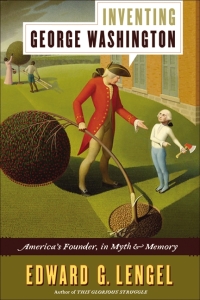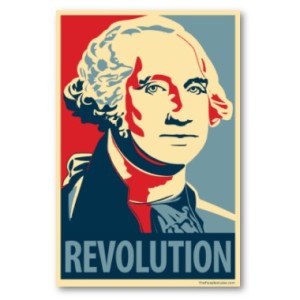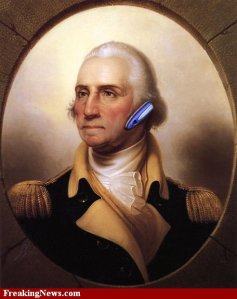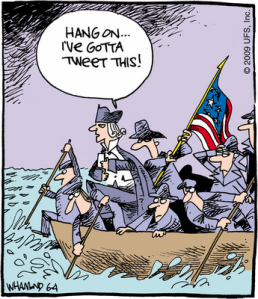At the time of writing this book, Edward G. Lengel was Editor-in-Chief of the Washington Papers Project and thus spent hours and hours “in the company” of George Washington. As someone who therefore has had the truth in hand, he has marveled over the tenacity of falsehoods about Washington. The purpose of this book is to explore both the myths and the mythmakers to determine what purposes these distorted memories of “The Father of Our Country” have served for Americans.
The study of collective memory is incredibly interesting, because, as Yael Zerubavel points out:
[It] continuously negotiates between available historical records and current social and political agendas. In this process of referring back to history, collective memory shifts its interpretation, selectively emphasizing, suppressing, and elaborating different aspects of those records. History and memory, therefore, do not operate in totally detached, opposite directions; their relationships are underlined by conflict as well as by interdependence.” Representations 45 (Winter 1994), at 73.
Lengel presents various examples of the metamorphosis of Washington’s memory, arguing that the changes reflected whatever contemporary collective self-image Americans wanted to reinforce. I should emphasize that Lengel is not talking about the “horizon of understanding” of different eras, nor about the inevitable influence of a historian’s own conceptual lenses. Rather, he refers to intentional manipulation in the interest of serving social and political agendas.
He starts with The Life and Memorable Actions of George Washington by “Parson” Mason Locke Weems, first published in 1800, averring “it contained some of the most beloved lies of American history, including the famous cherry tree myth, and spawned scores of imitators.”
As he takes us on a tour of the historical representation of Washington through the ages, he also comments on the cultural factors that probably contributed to the ways in which Washington was portrayed. Perhaps most interesting to readers will be his analysis of the current situation, in which “spurious Washington quotations, disseminated in the name of politics and religion, have also gained renewed popularity at the beginning of the twenty-first century.” He cites misquotations by gun rights advocates, by Senator John McCain, by former Vice President Al Gore, and in the most egregious example, by Congresswoman Michele Bachmann. He also recounts anecdotes of stories about Washington and marijuana, Washington and ghosts, and of course, Washington and aliens.
He concludes by noting:
History is always in danger of growing stale through repetition. No one wants to hear the same old tale repeated over again. … Unfortunately, the temptation to veer from the straight and narrow in the search for historical truth is well-nigh overwhelming, and nowhere more so than in the search for the truth about George Washington.”
Evaluation: Lengel has written a very readable book that dispels some of the most popular, and erroneous, myths about George Washington. He also offers insights into why the historical representation of our first president has been deemed too important to be left to just the truth.
Rating: 3.5/5
Published by Harper, 2011
Filed under: Book Review, History | Tagged: Book Review, George Washington, History |








Leave a comment